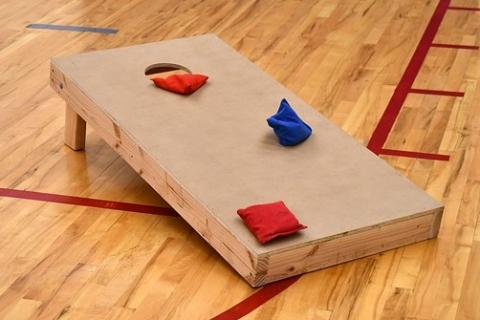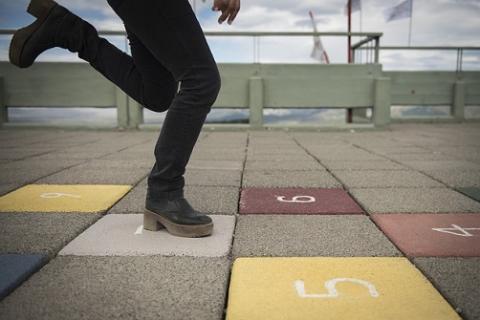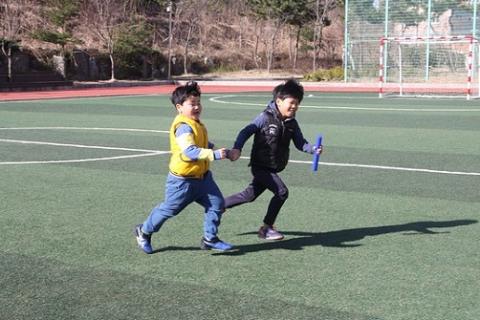Who can be the winner?
Problem

Annaliese threw her beanbag $20$ paces. Ophilia then threw her beanbag $18$ paces. Later, Janine came along and threw her beanbag $21$ paces.
Who was the winner?

Kai hopped on one leg for $25$ hops. Anna hopped on one leg for $32$ hops. Teck hopped on one leg for $29$ hops.
Who was the winner?

Amit ran across the playground in $20$ seconds. Sara took $18$ seconds. Marek took $17$ seconds.
Who was the winner?
Try these activities for yourself.
How far can you throw a beanbag?
How many hops can you do?
How long does it take you to run across your playground?
Getting Started
Is the highest number the best score?
Student Solutions
Janine is the winner of the beanbag tose because she threw the farthest.
Anna is the winner of the hopping contest because she hopped the most.
Marek is the winner of the race because he ran the quickest.
From St. Anselm's Prep School in England first Tom's and then Toby's solutions;
For the first question the winner was Janine.
For the second question the winner was Anna.
For the third question the winner was Marek.
So first Janine won by one pace then Anna won by three hops and finally Marit won by one second. I worked this problem out by carefully looking at the scores and selecting the largest one although on the last one you had to select the lowest amount of seconds because you select the person who took the least time to run across the playground.
On the last day for submissions we had this lengthy response which I had to shorten to fit into this page, from Swaathi at the Garden International School in Malaysia. She wrote:
The winner for this is Janine because it is 21 paces.
Next I continued with the second problem
The winner is Anna with 32 paces.
Finally, it is clear that Marek won because he took the shortest time among the three.
Thank you for these and the others that came in. It caused you to think now that it is not always the highest number that is the winner.
Teachers' Resources
Why do this problem?
This problem gives the children experiences of different ways of winning. Usually children expect a larger score to be the winning one. This holds in many sports (high jump, javelin throwing) but in timed events the smaller the number, the better. Confronting and discussing this contradiction may help them to understand some of the conversations about Olympic scores they may hear as well as supporting their longer term understanding of measure.
Possible approach
Key questions
Who do you think will win? Why? how do you know?
